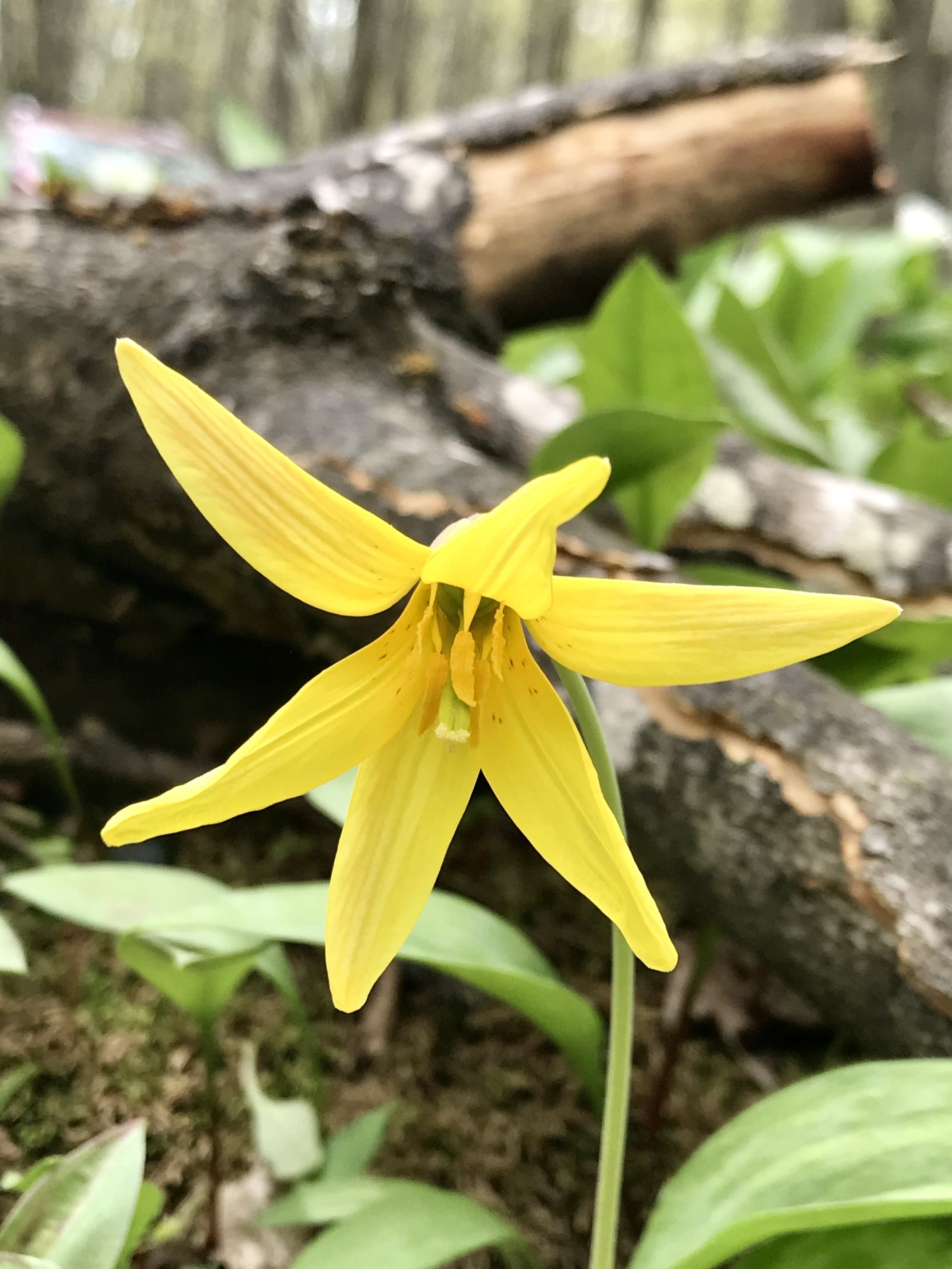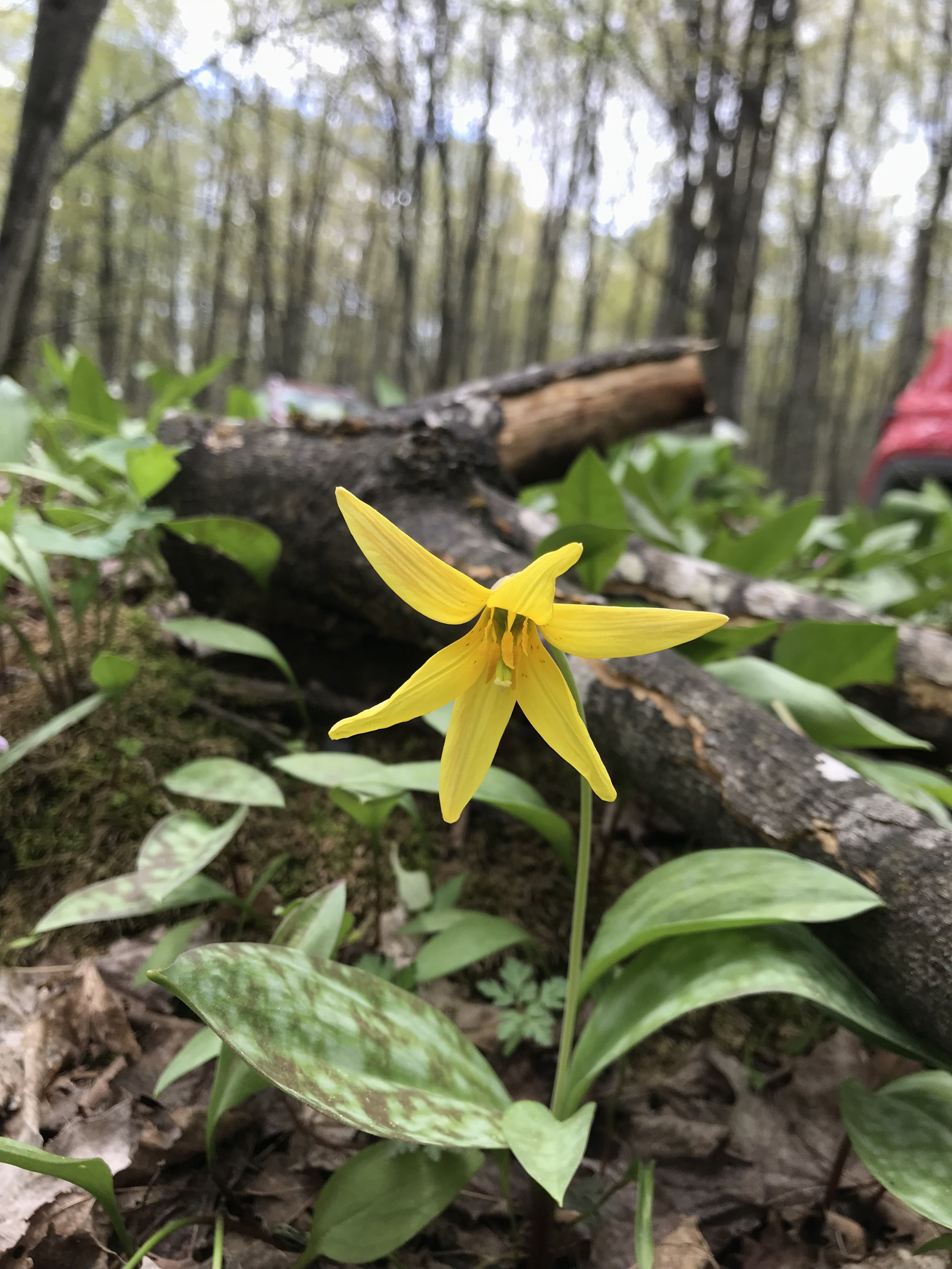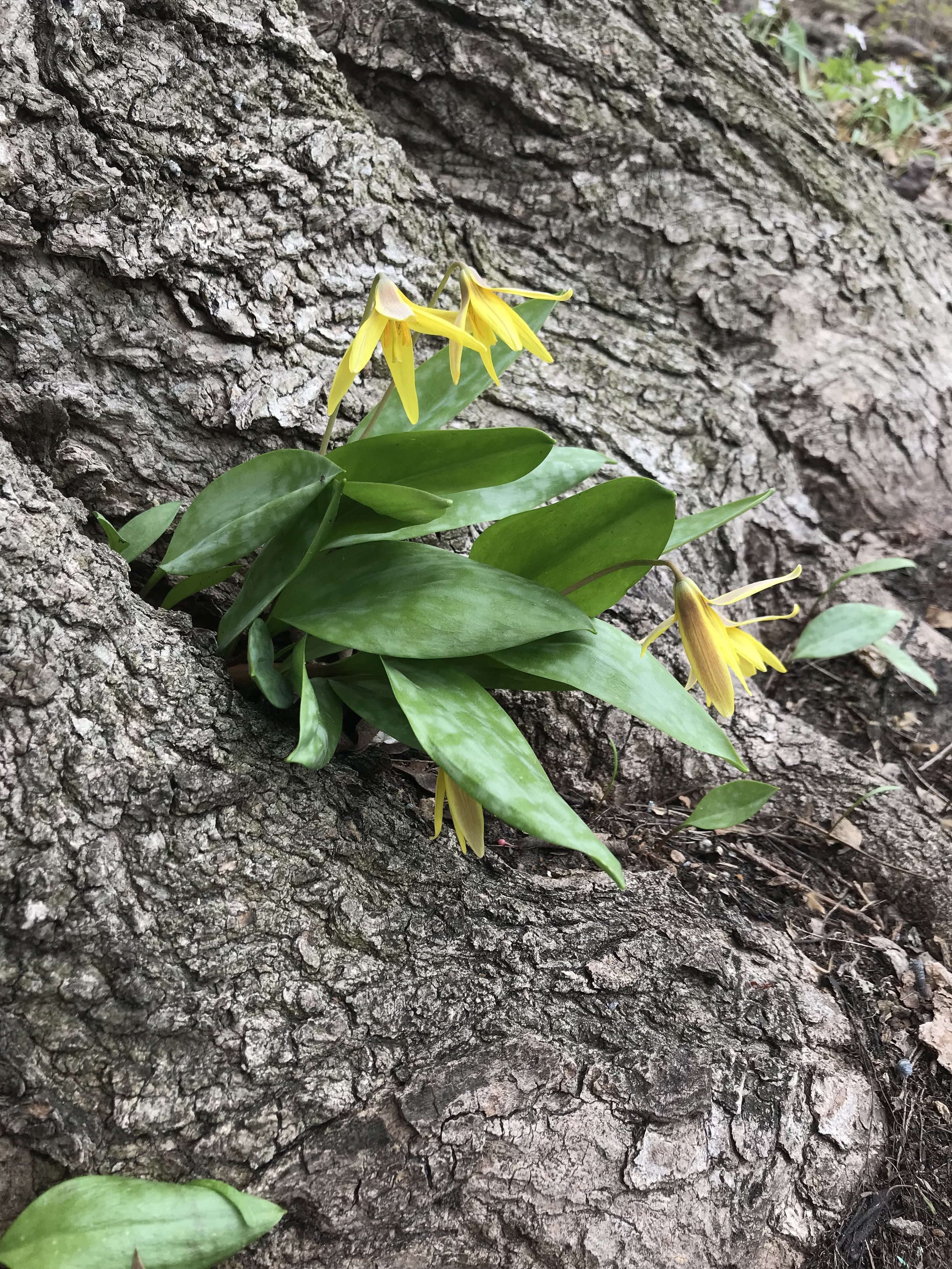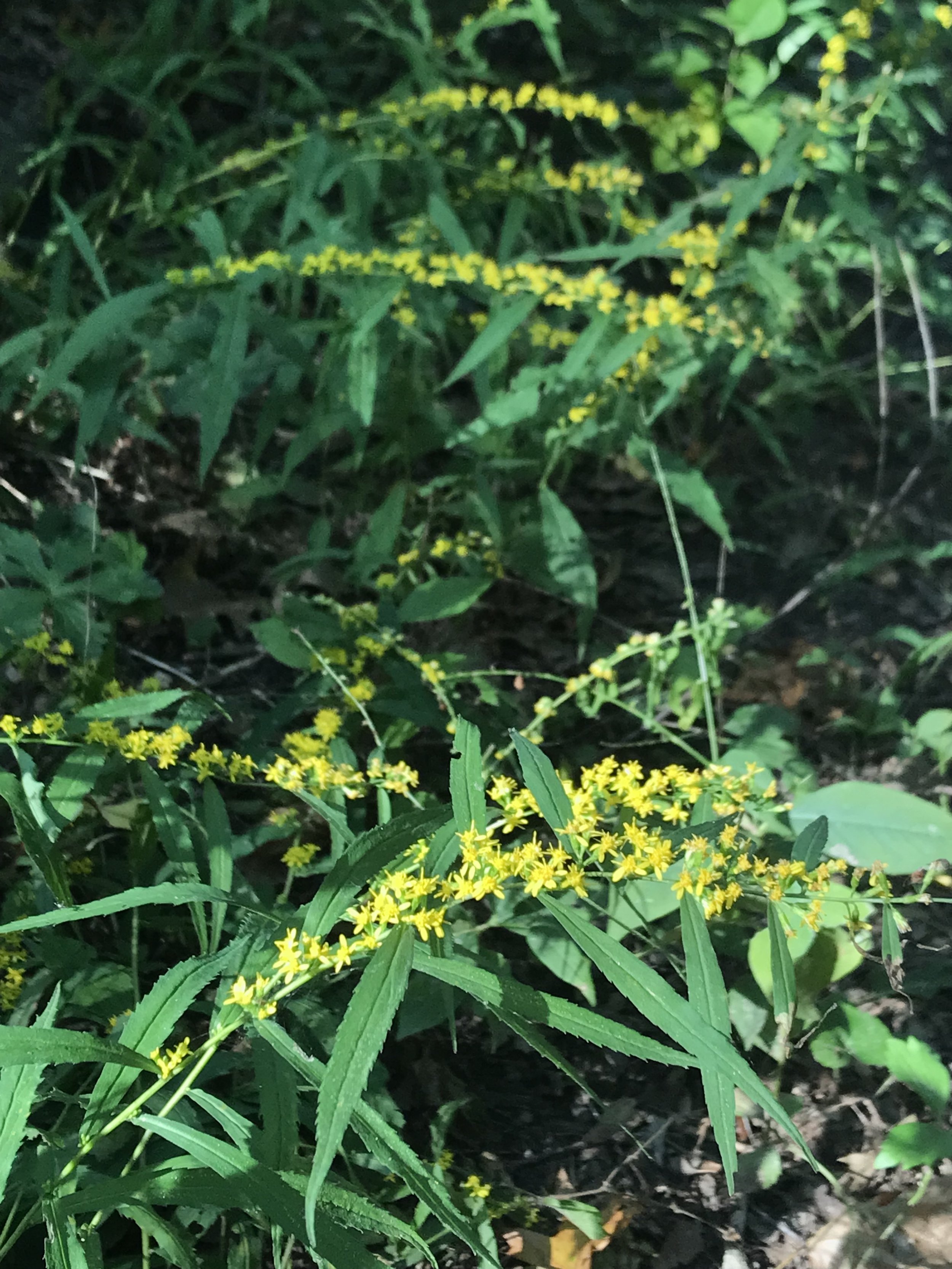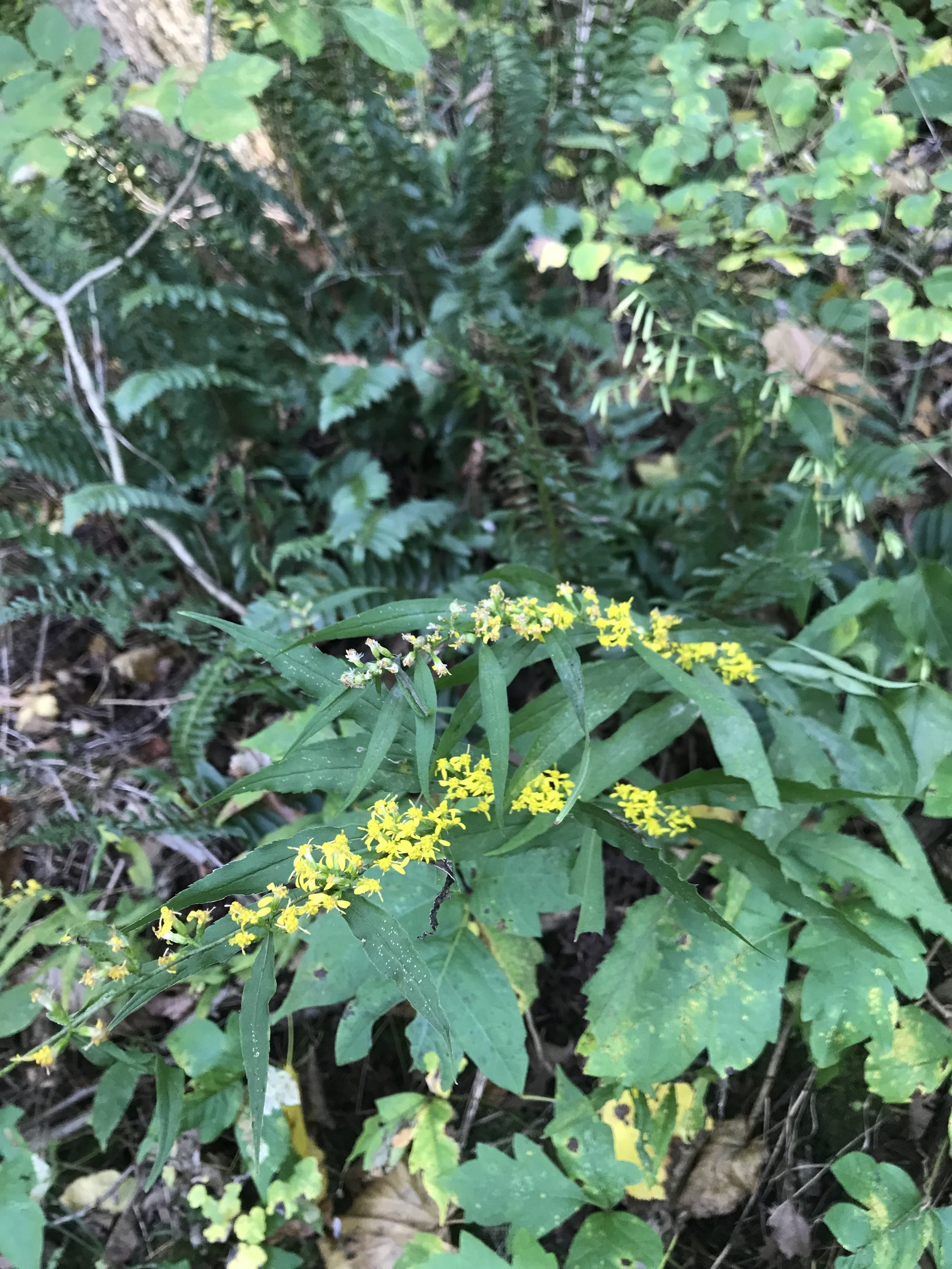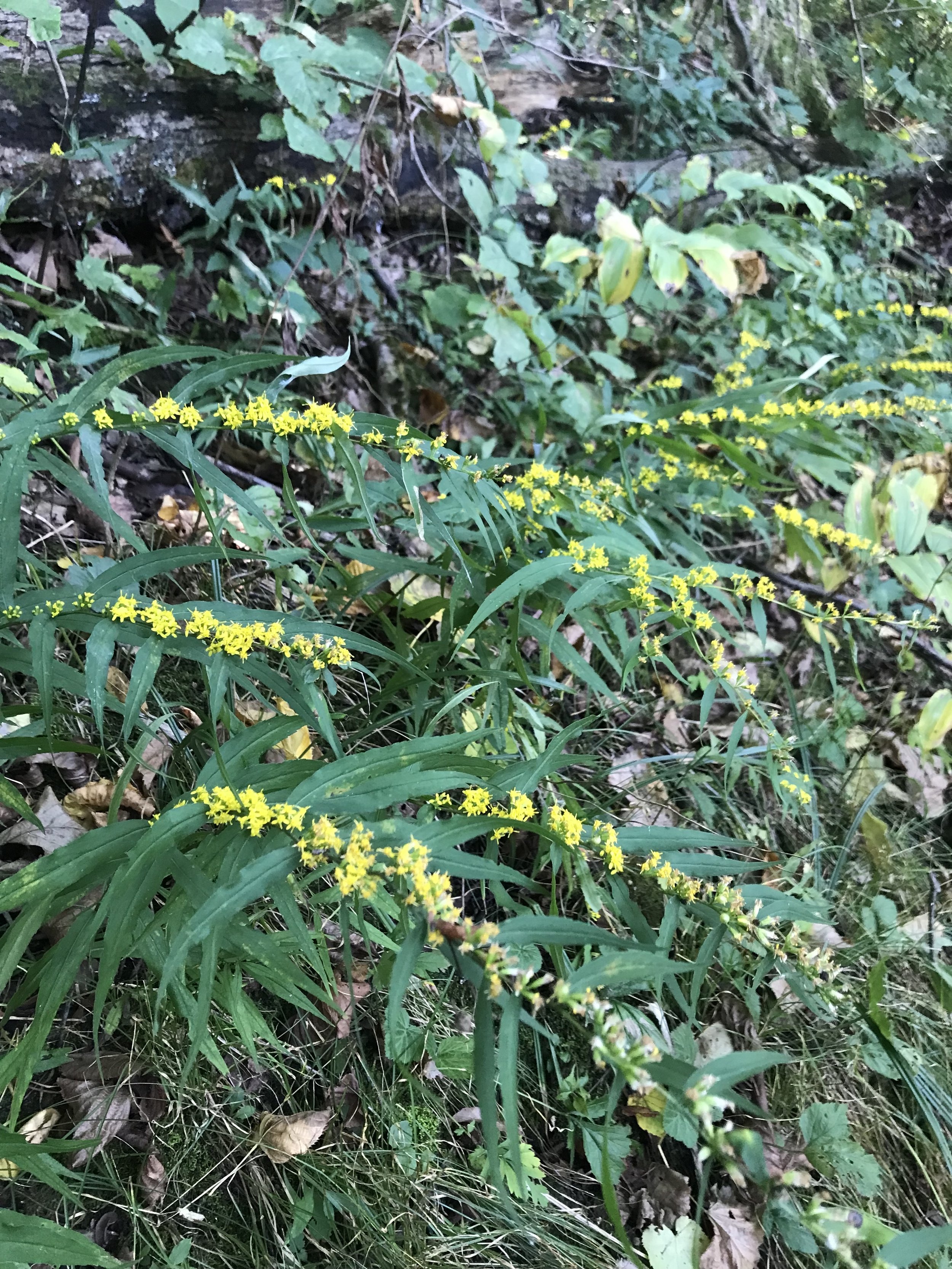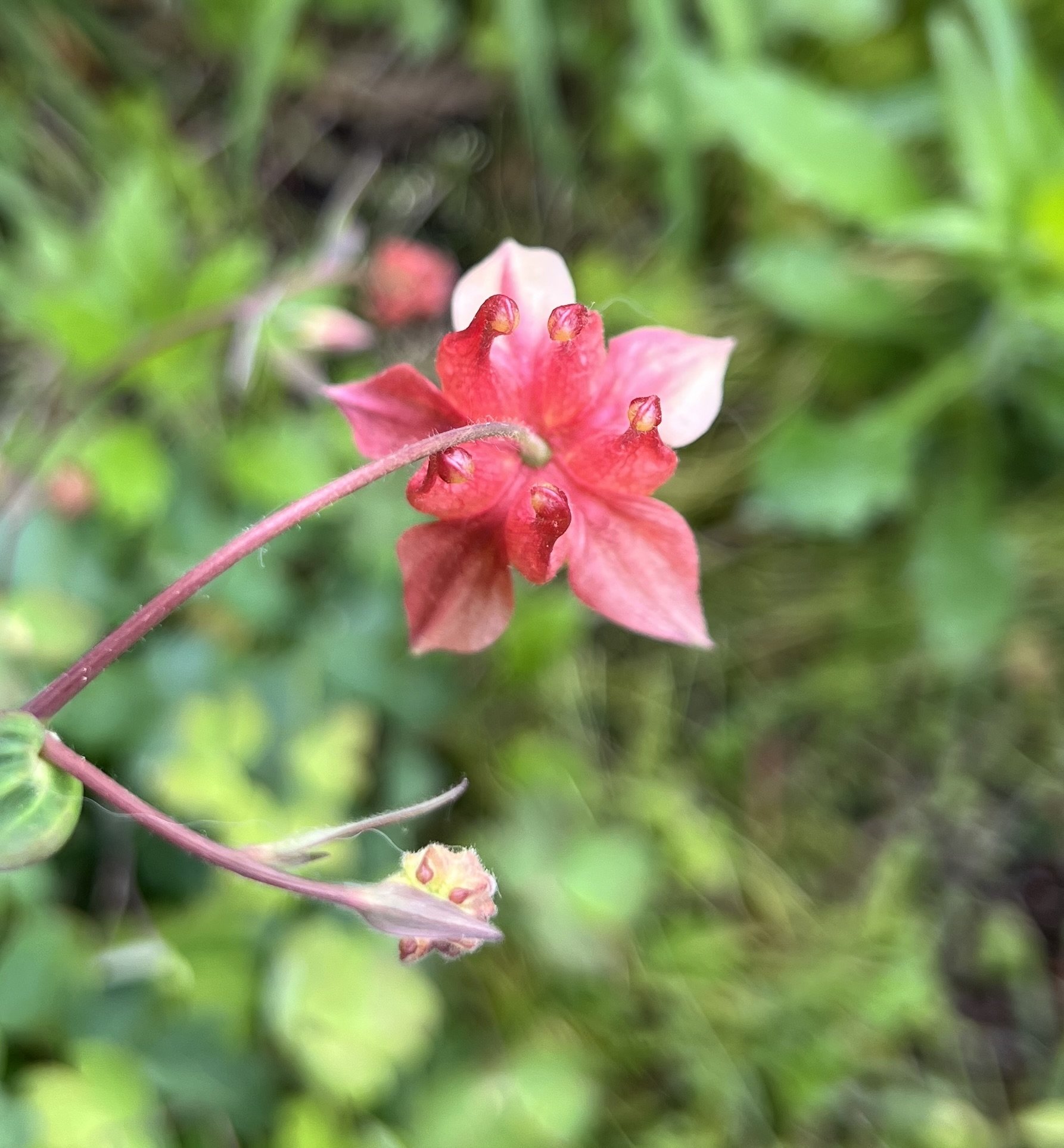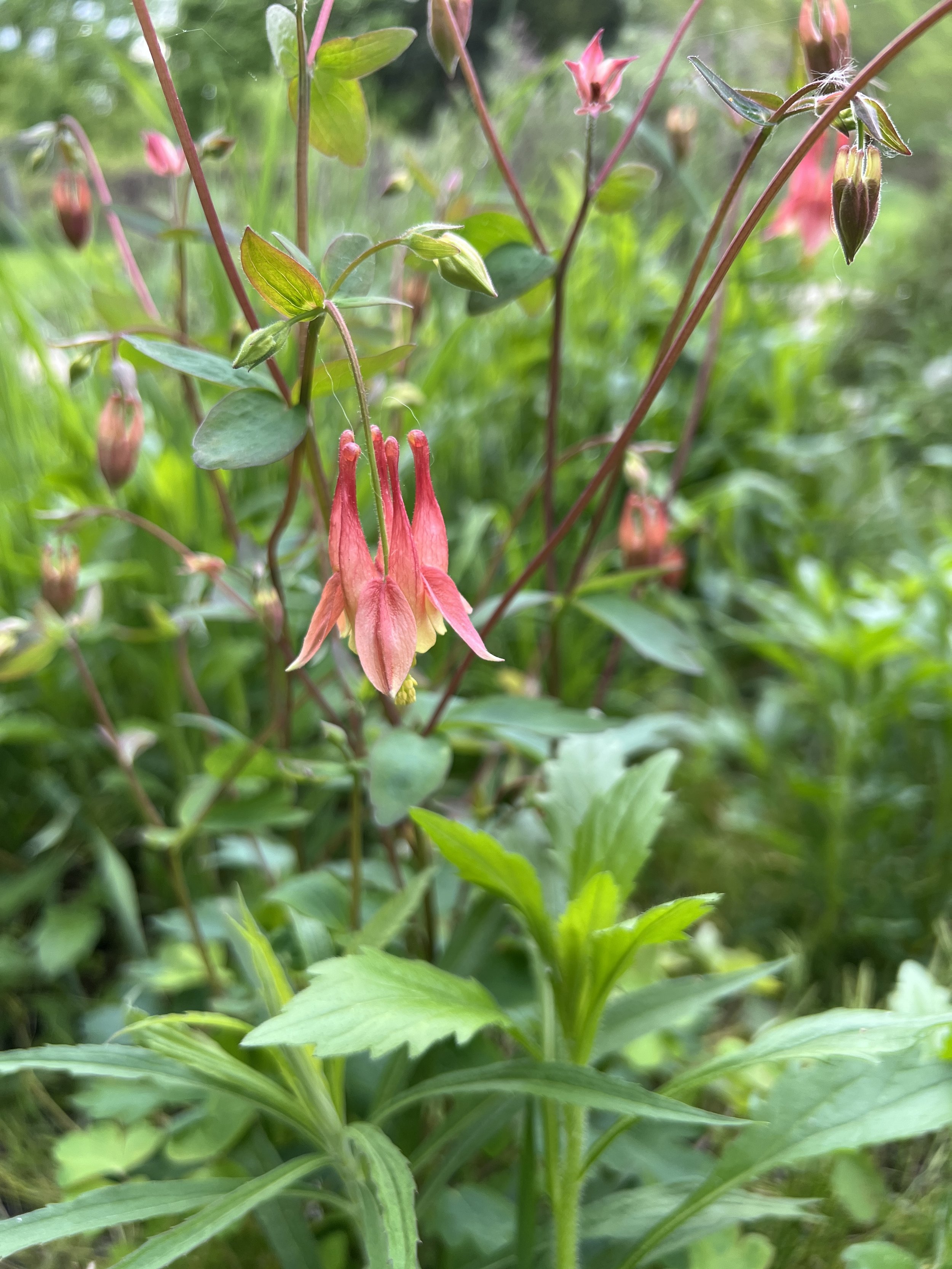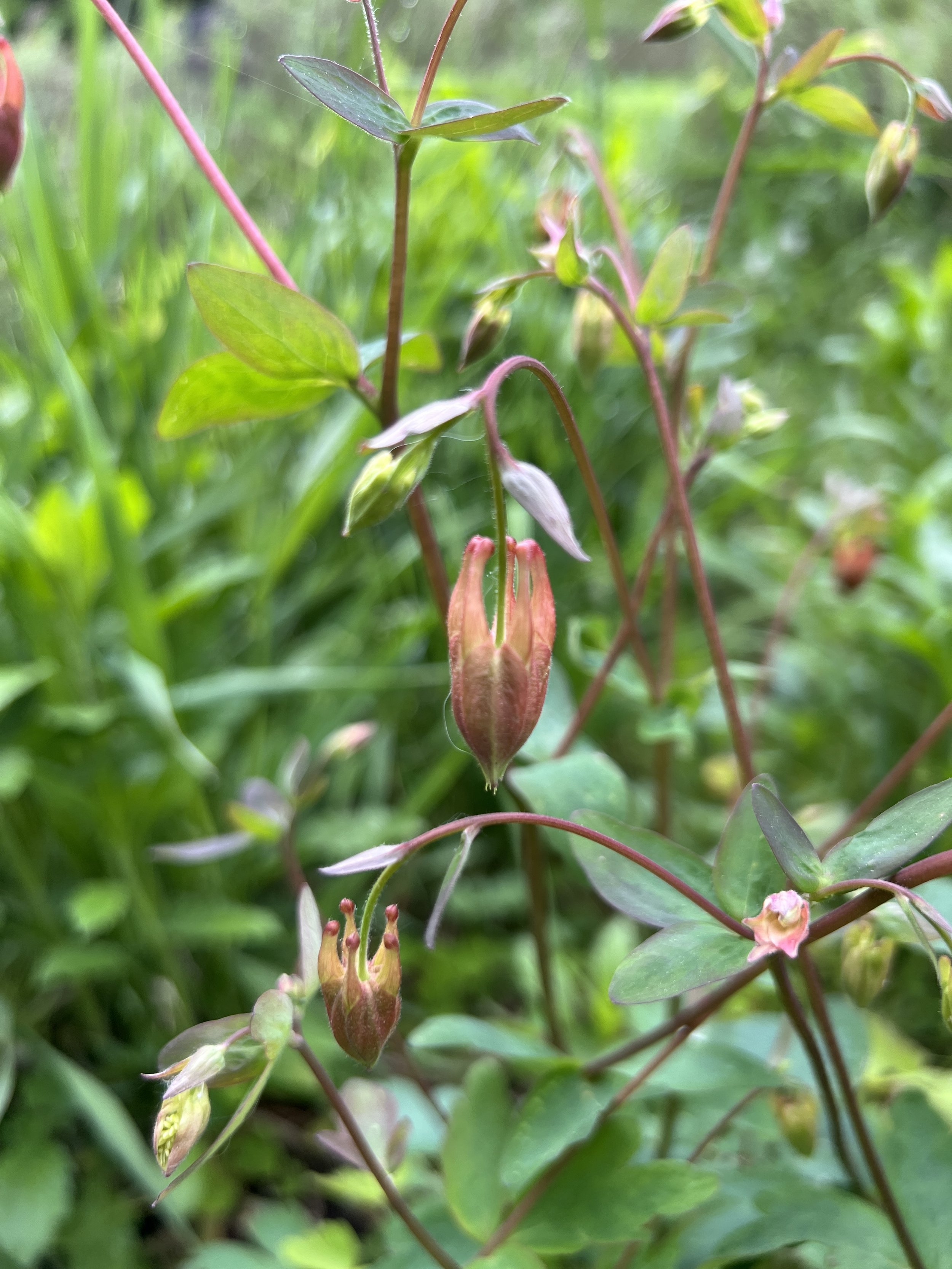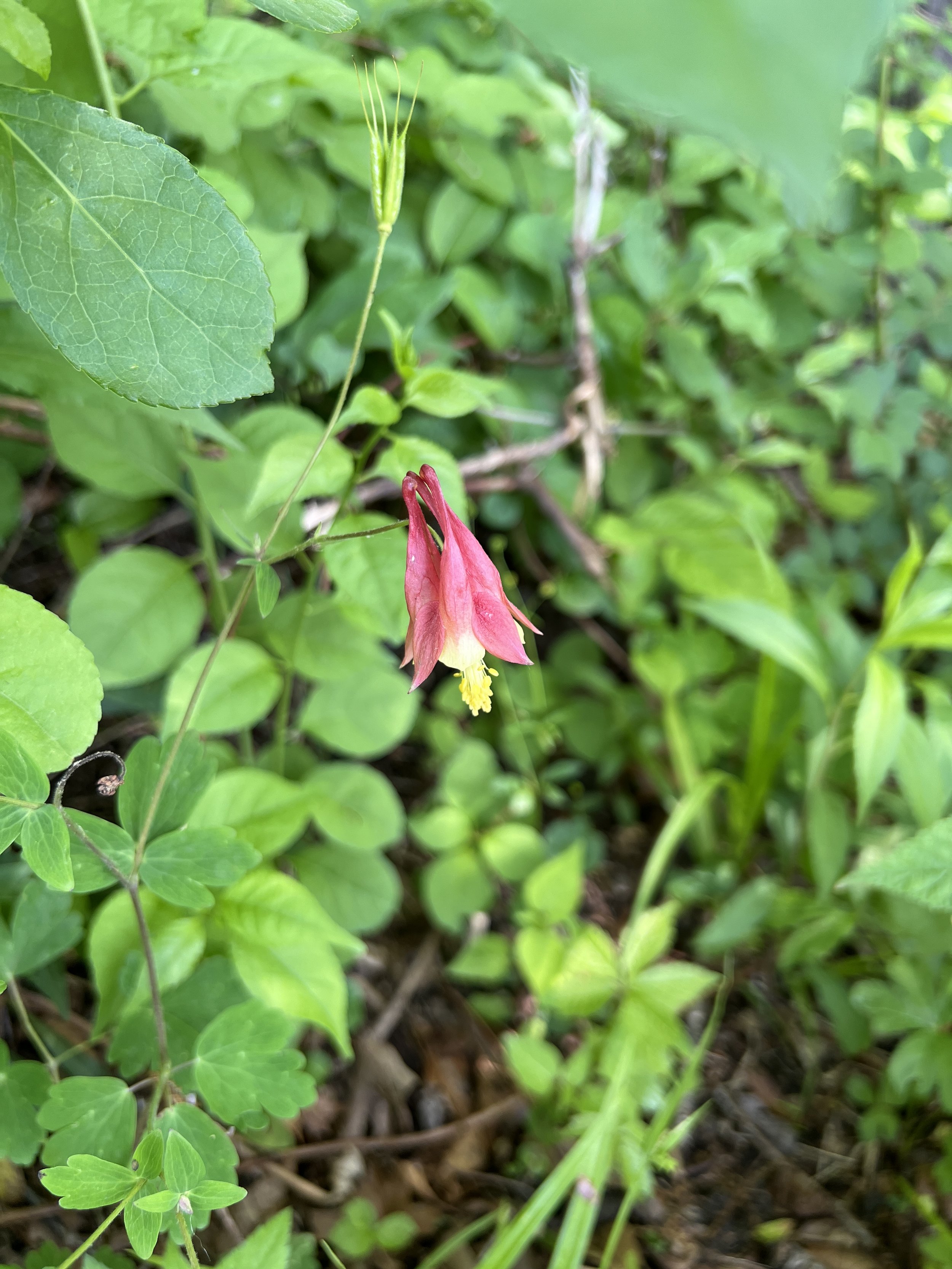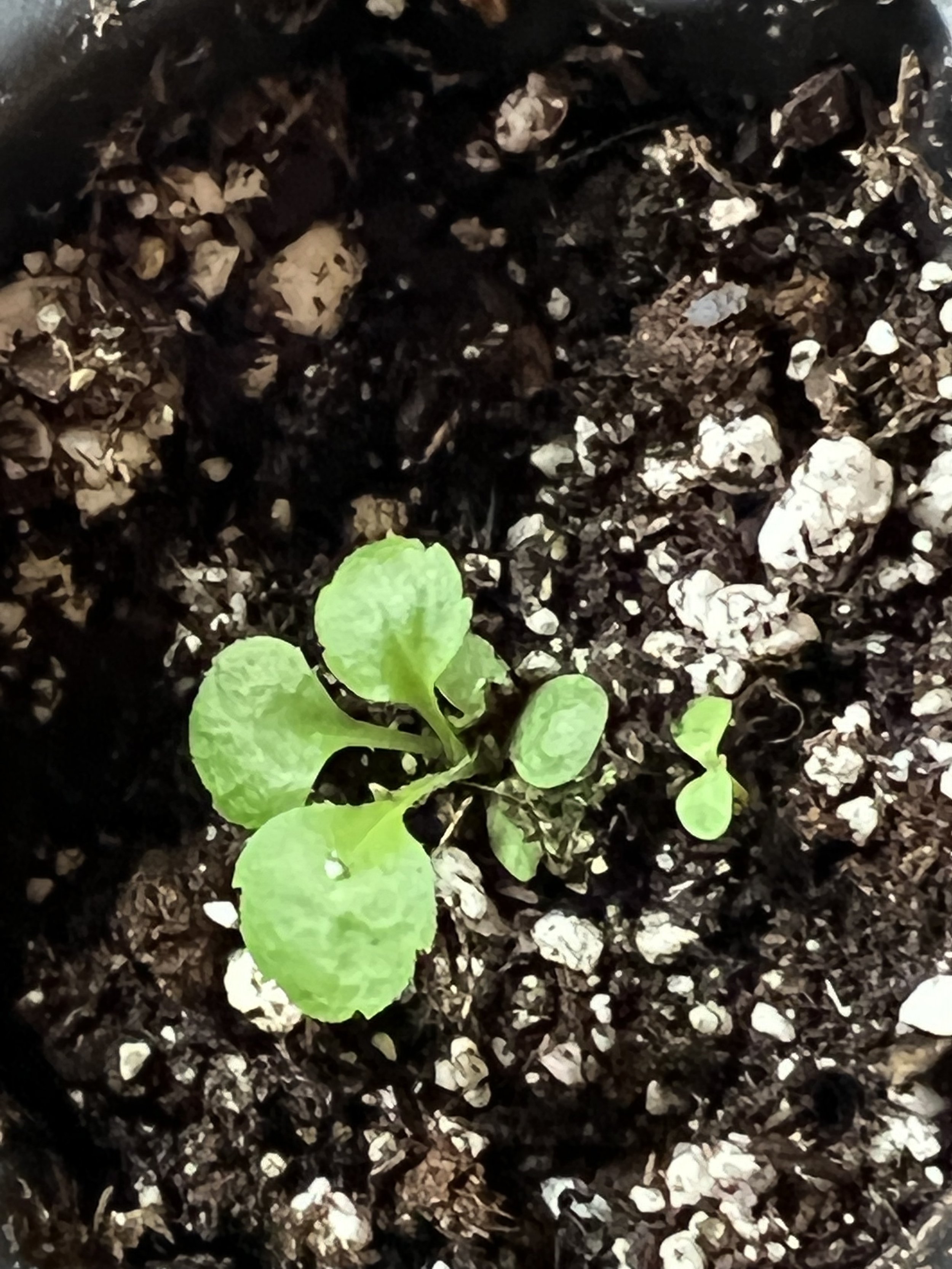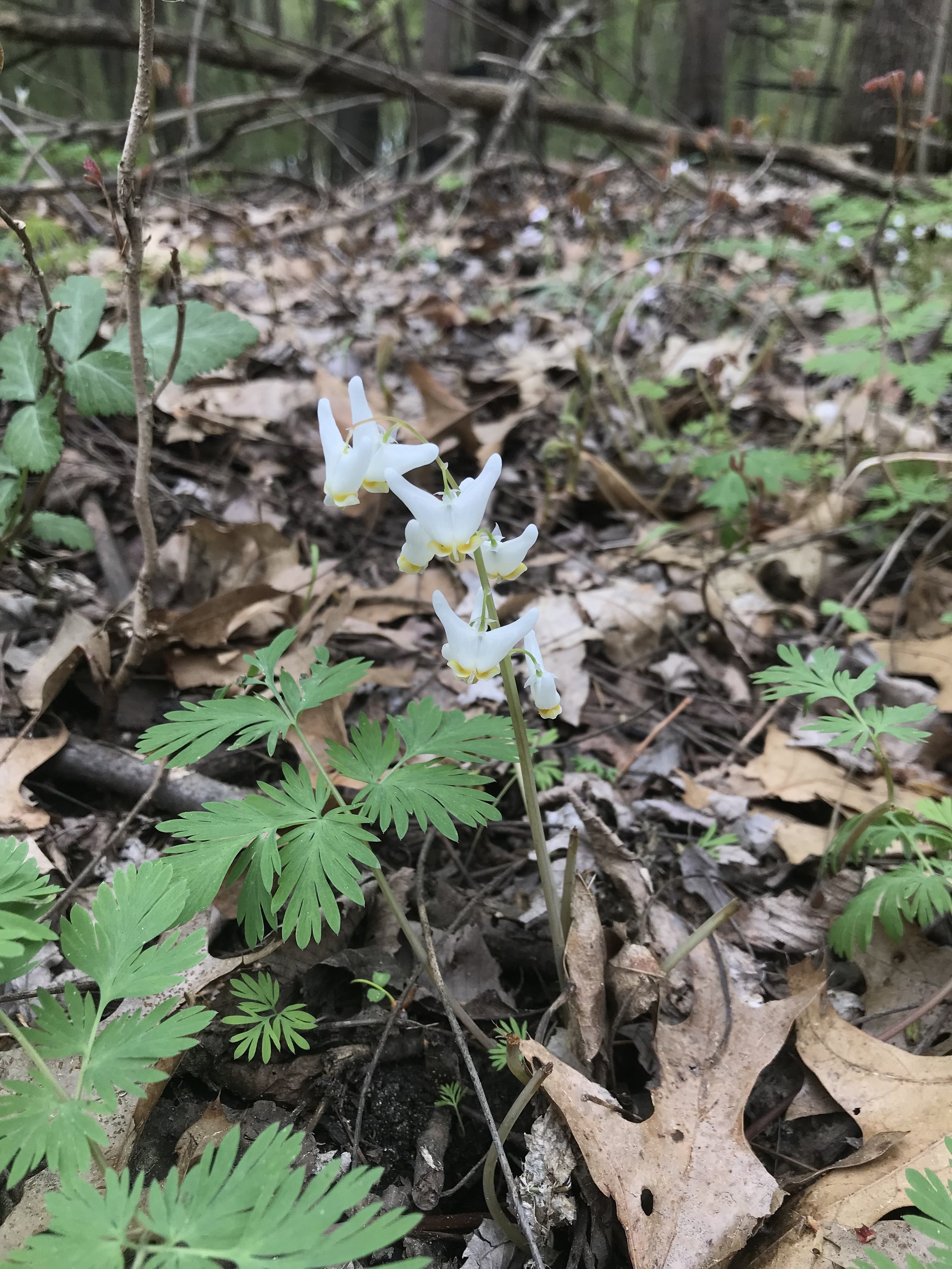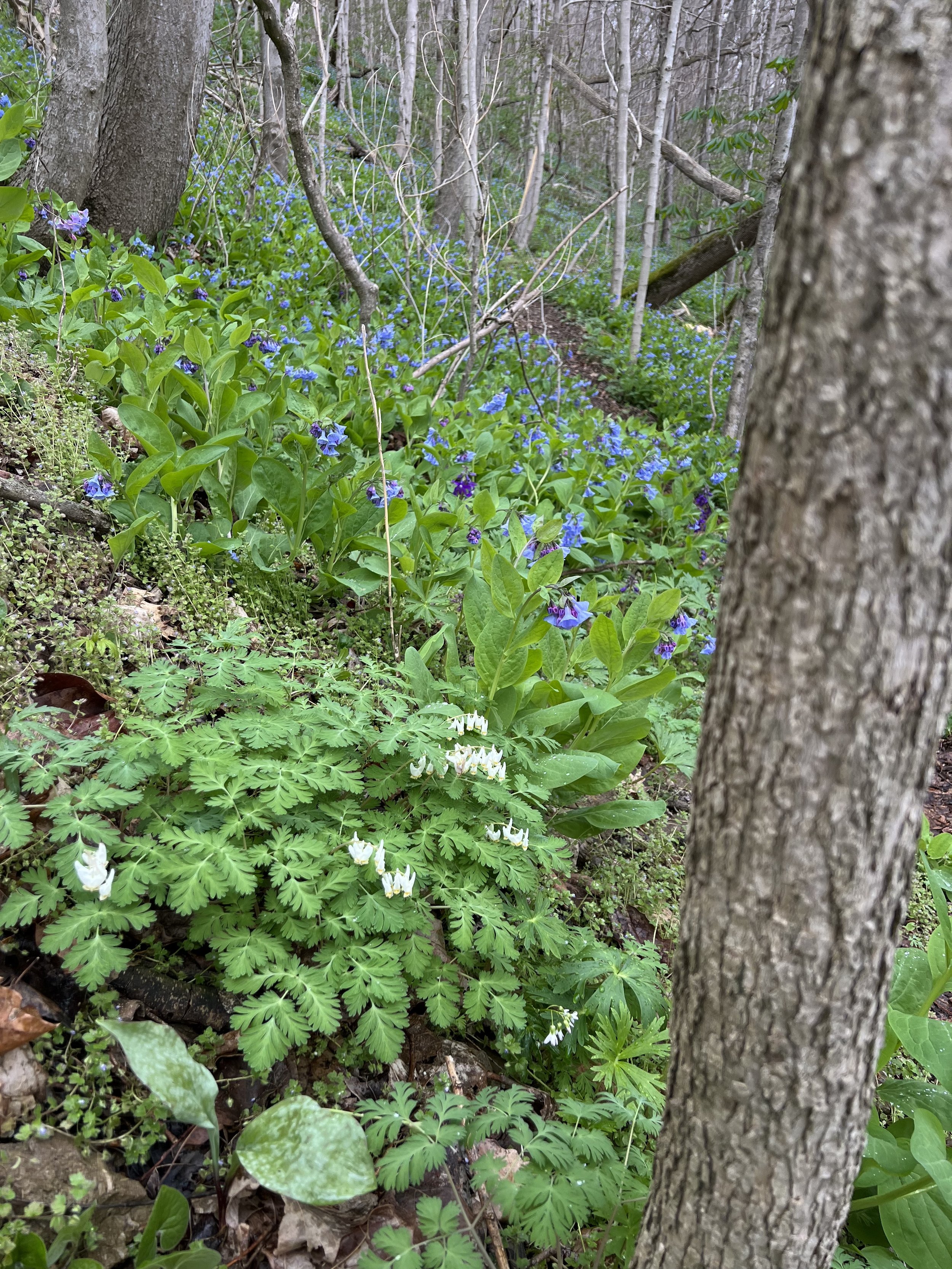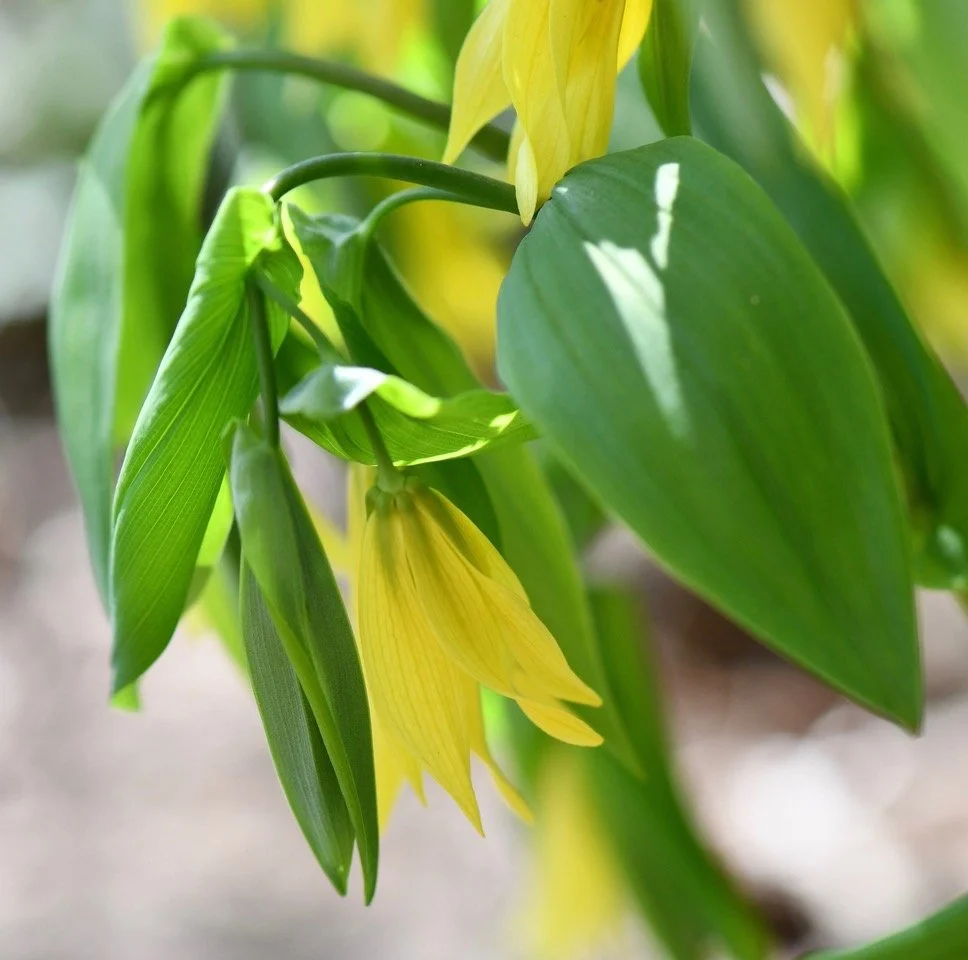 Image 1 of 11
Image 1 of 11

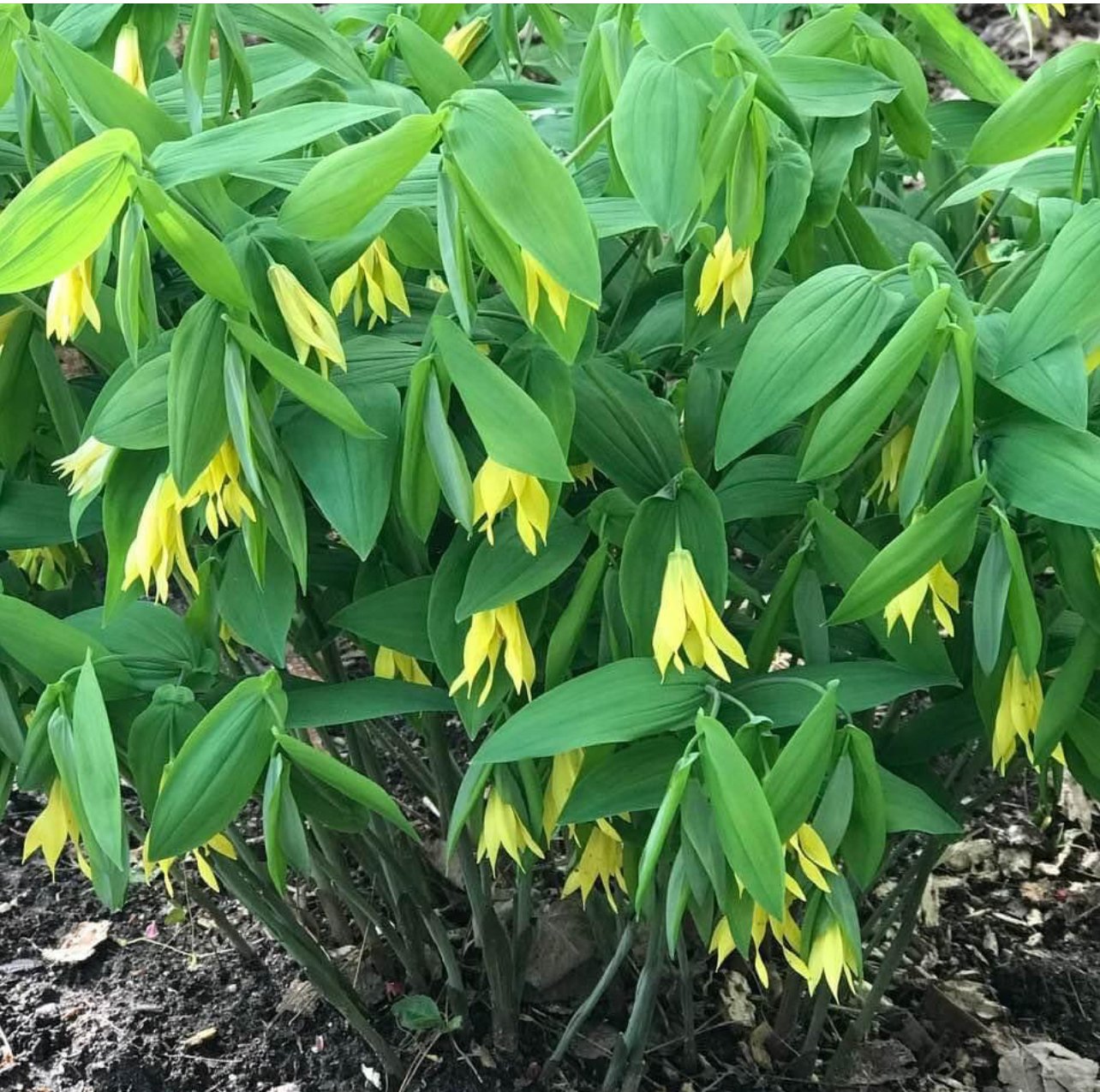 Image 2 of 11
Image 2 of 11

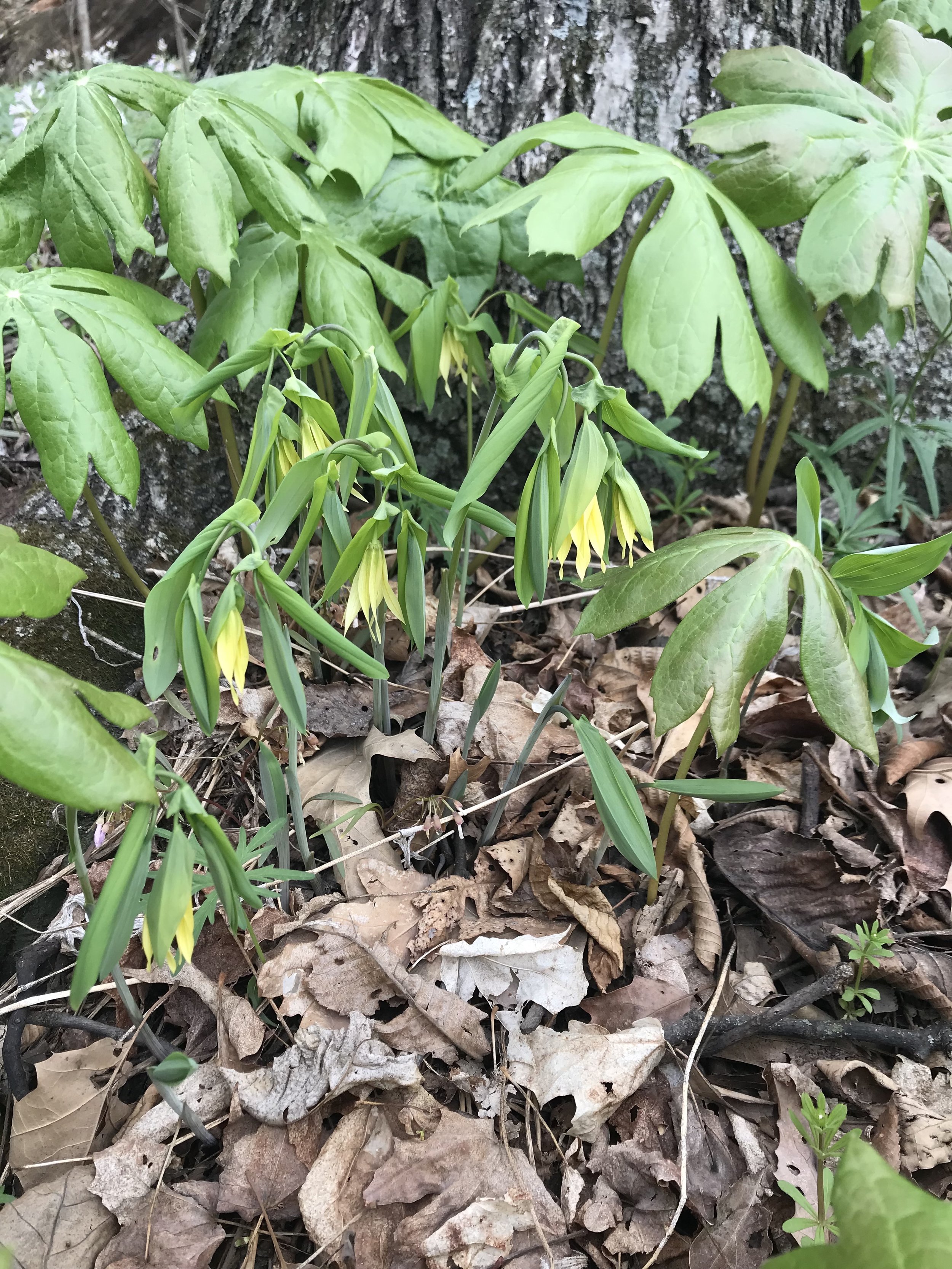 Image 3 of 11
Image 3 of 11

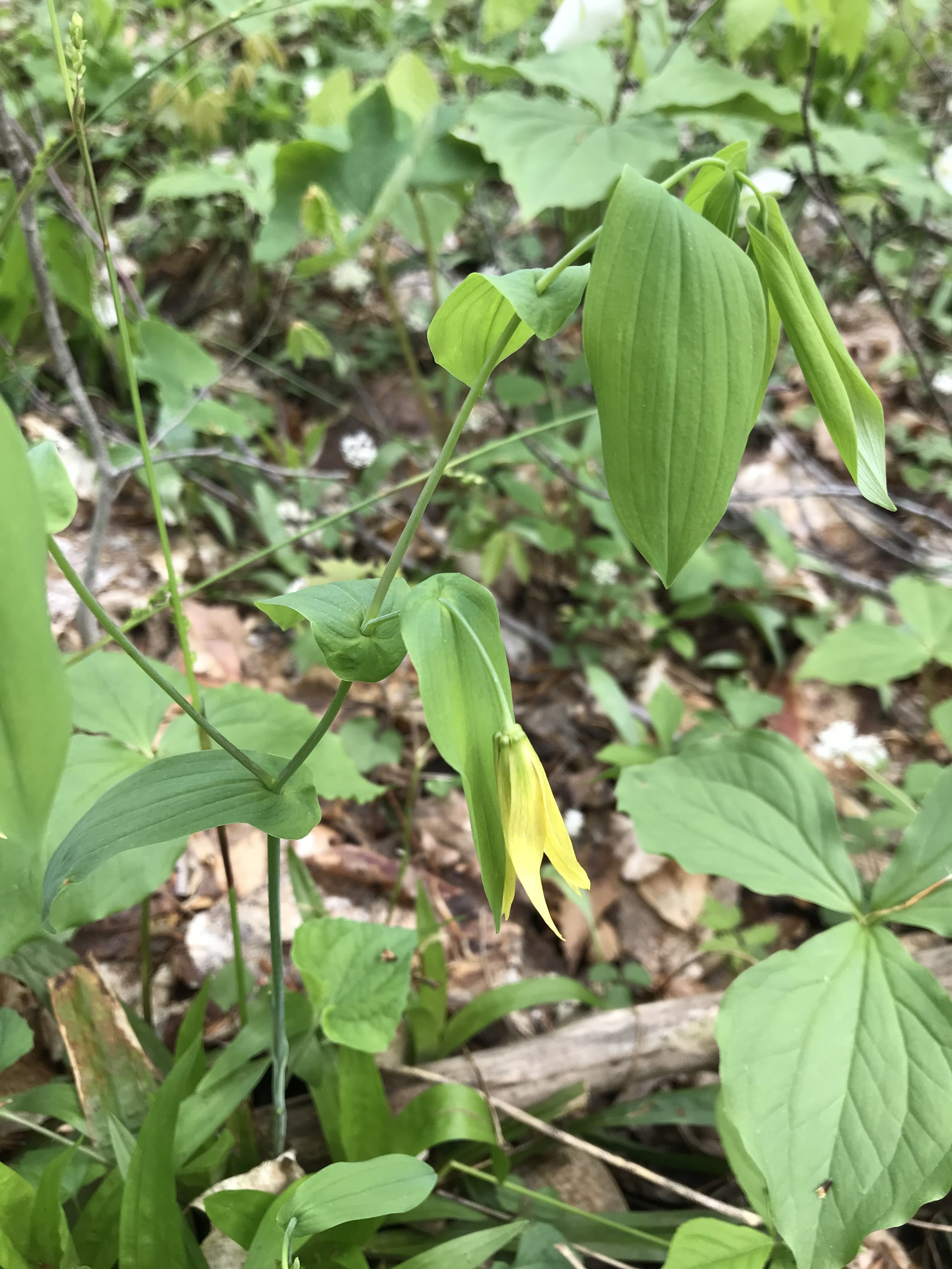 Image 4 of 11
Image 4 of 11

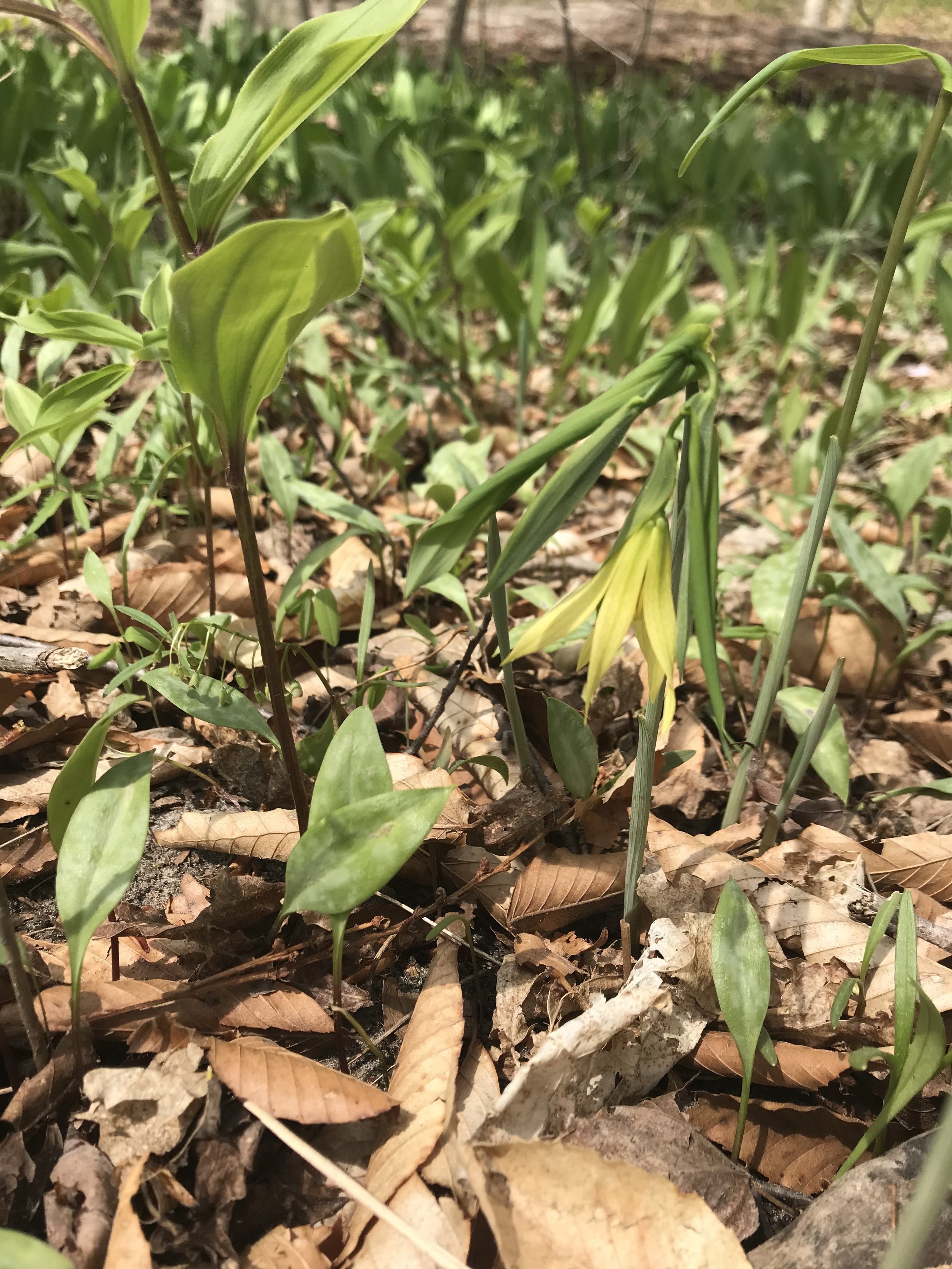 Image 5 of 11
Image 5 of 11

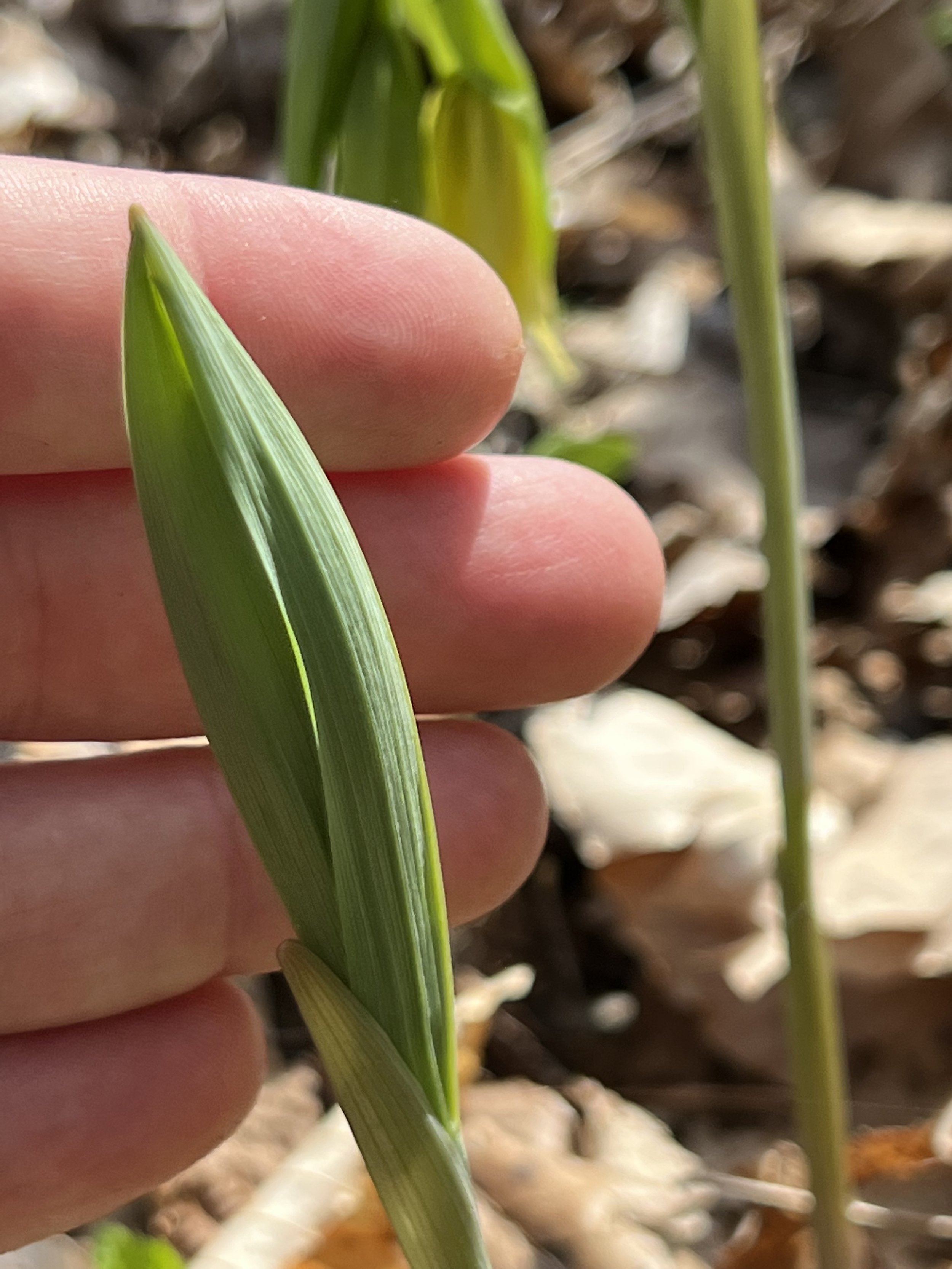 Image 6 of 11
Image 6 of 11

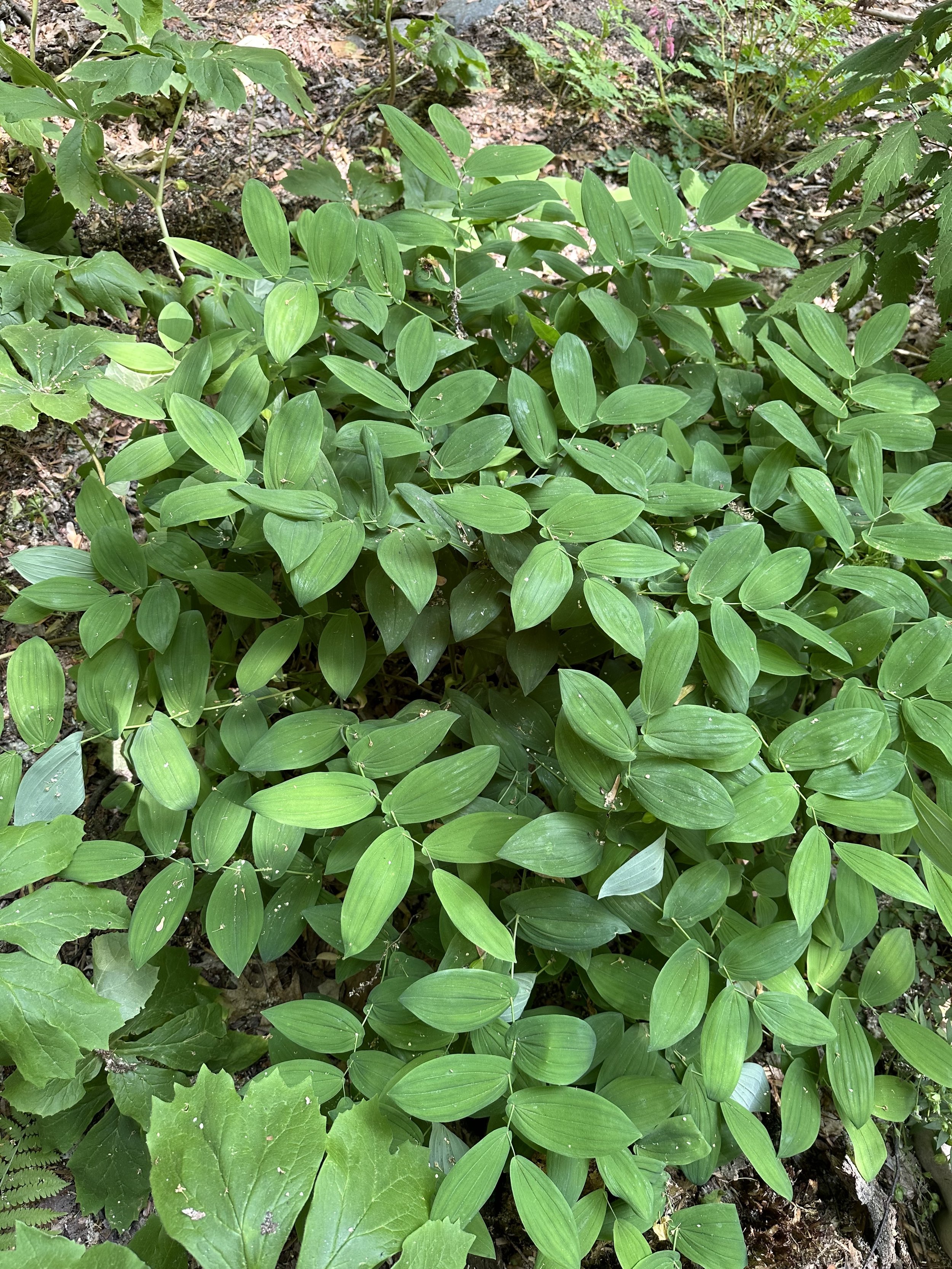 Image 7 of 11
Image 7 of 11

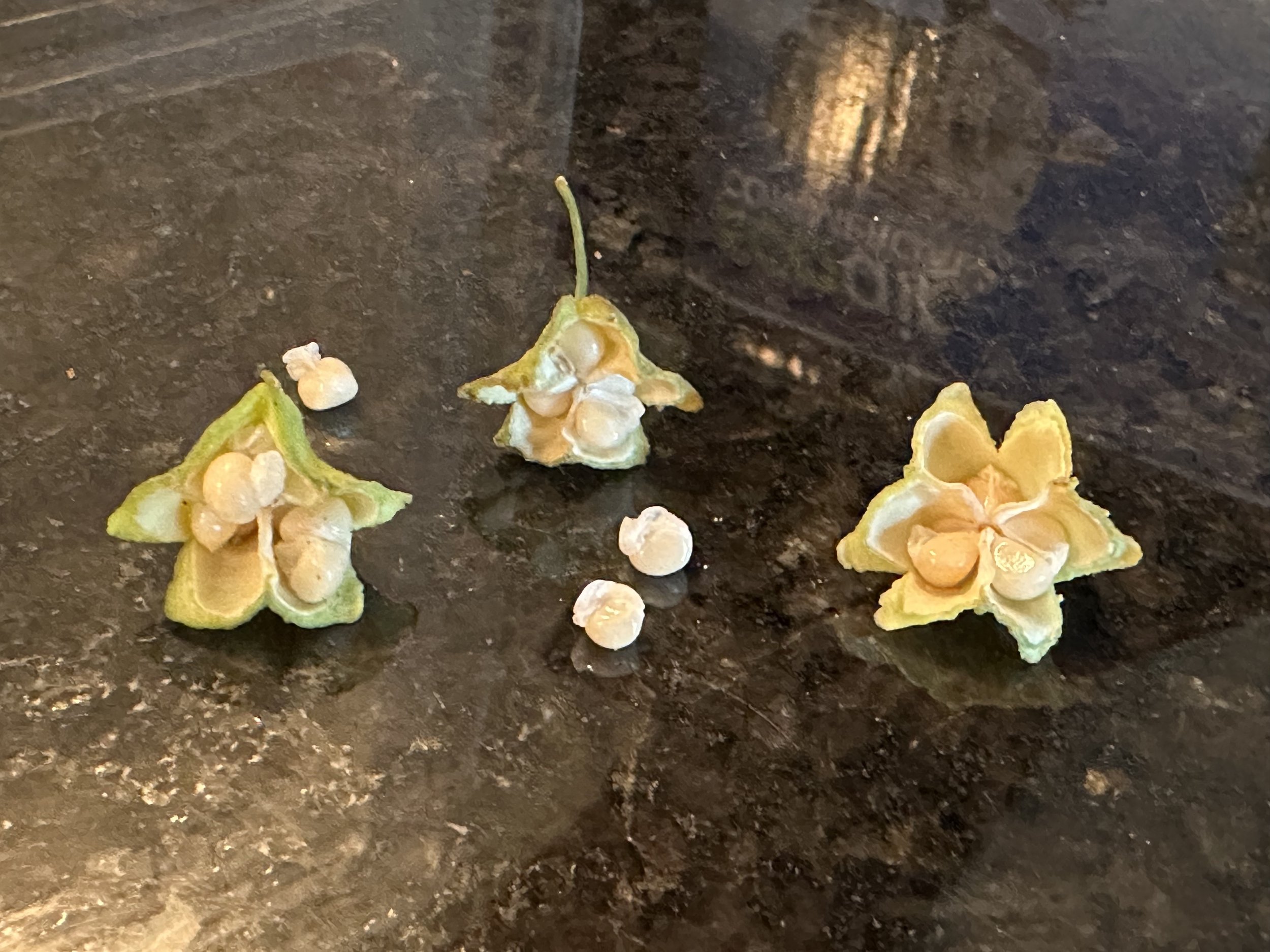 Image 8 of 11
Image 8 of 11

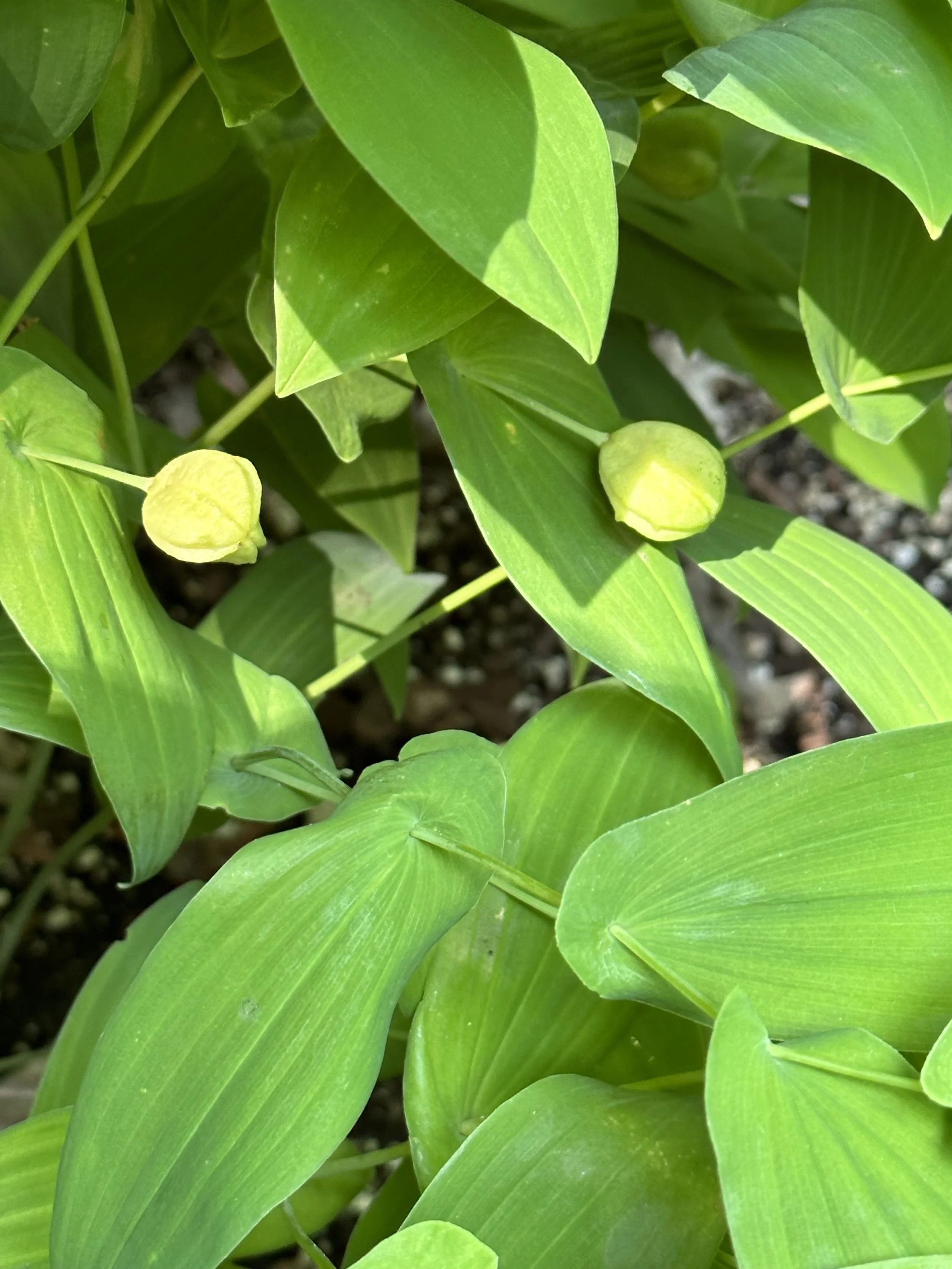 Image 9 of 11
Image 9 of 11

 Image 10 of 11
Image 10 of 11

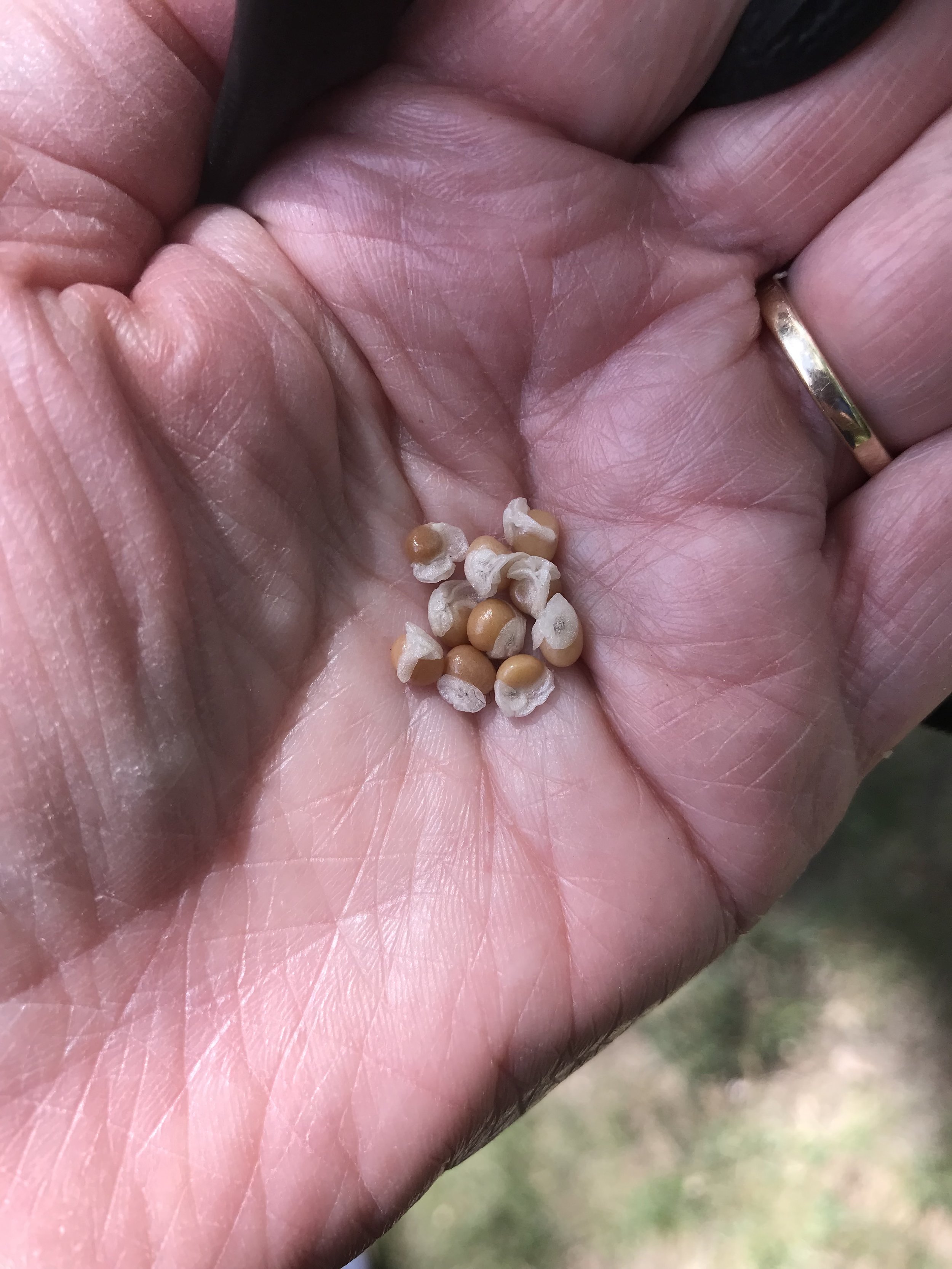 Image 11 of 11
Image 11 of 11












Bellwort (Uvularia grandiflora)
from $6.00
When Bellwort emerges and begins to flower, it drapes downward like a curtain, bell-like flowers twisted and angled downard. The plants slowly become more upright and sturdy. As Bellwort matures, it “stands up” showing the perfoliate leaves (the leaf completely surrounds the stem). It looks as if someone took a needle and thread and strung the leaves onto the plant.
Bright yellow flowers offer pollen and nectar for many bee species, but this plant is quite susceptible to deer as forage. Keep a pile of decaying leaves nearby to supplement as fallen leaves around the plant break down.
Flowers are pollinated and replaced by three chambered capsules with a few seeds in each section. The leaves tend to persist through much of the summer.
Bellwort blooms from April to May, likes partial to full shade and medium soils. It stays fairly short at 12-18 inches or so.
This is a beautiful plant that we highly recommend for any woodland garden. The leaves will hold its place and cover the ground during the summer and you will look forward to its emergence every spring!
Bellwort (Uvularia grandiflora)
Michigan Flora reference page for state distribution: Bellwort
height: 12-18 inches
bloom time: April-May
soil: medium, rich
sun: partial, shade
plant spacing: 15”
flower: yellow
life cycle: perennial
family: Convallariaceae
Sizes:
Quantity:
Get notified by email when this product is in stock.
Get notified by email when this product is in stock.
Add To Cart
When Bellwort emerges and begins to flower, it drapes downward like a curtain, bell-like flowers twisted and angled downard. The plants slowly become more upright and sturdy. As Bellwort matures, it “stands up” showing the perfoliate leaves (the leaf completely surrounds the stem). It looks as if someone took a needle and thread and strung the leaves onto the plant.
Bright yellow flowers offer pollen and nectar for many bee species, but this plant is quite susceptible to deer as forage. Keep a pile of decaying leaves nearby to supplement as fallen leaves around the plant break down.
Flowers are pollinated and replaced by three chambered capsules with a few seeds in each section. The leaves tend to persist through much of the summer.
Bellwort blooms from April to May, likes partial to full shade and medium soils. It stays fairly short at 12-18 inches or so.
This is a beautiful plant that we highly recommend for any woodland garden. The leaves will hold its place and cover the ground during the summer and you will look forward to its emergence every spring!
Bellwort (Uvularia grandiflora)
Michigan Flora reference page for state distribution: Bellwort
height: 12-18 inches
bloom time: April-May
soil: medium, rich
sun: partial, shade
plant spacing: 15”
flower: yellow
life cycle: perennial
family: Convallariaceae
When Bellwort emerges and begins to flower, it drapes downward like a curtain, bell-like flowers twisted and angled downard. The plants slowly become more upright and sturdy. As Bellwort matures, it “stands up” showing the perfoliate leaves (the leaf completely surrounds the stem). It looks as if someone took a needle and thread and strung the leaves onto the plant.
Bright yellow flowers offer pollen and nectar for many bee species, but this plant is quite susceptible to deer as forage. Keep a pile of decaying leaves nearby to supplement as fallen leaves around the plant break down.
Flowers are pollinated and replaced by three chambered capsules with a few seeds in each section. The leaves tend to persist through much of the summer.
Bellwort blooms from April to May, likes partial to full shade and medium soils. It stays fairly short at 12-18 inches or so.
This is a beautiful plant that we highly recommend for any woodland garden. The leaves will hold its place and cover the ground during the summer and you will look forward to its emergence every spring!
Bellwort (Uvularia grandiflora)
Michigan Flora reference page for state distribution: Bellwort
height: 12-18 inches
bloom time: April-May
soil: medium, rich
sun: partial, shade
plant spacing: 15”
flower: yellow
life cycle: perennial
family: Convallariaceae
